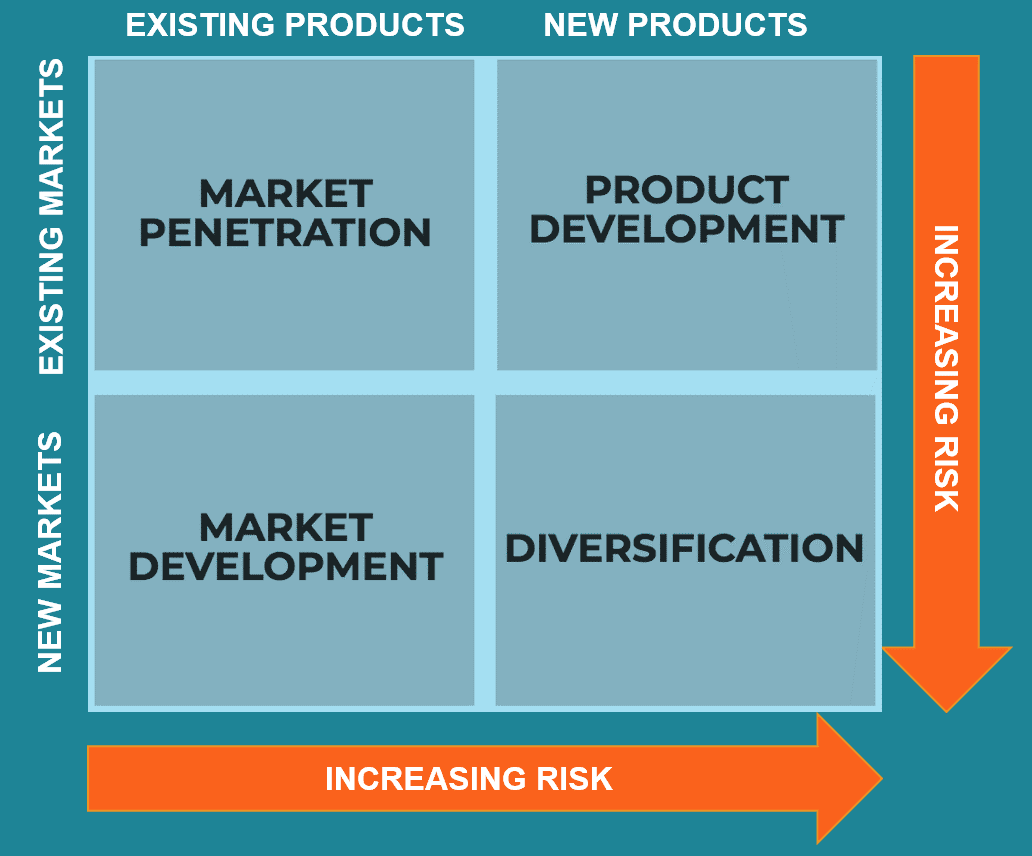Market Penetration Strategy is a concept that is used in marketing, and this is a method to spread the total sales volume of a particular product or service over time. Understanding The Concept Of Market Penetration Strategy: What Is Market Penetration?

Market penetration strategies can be further classified as below:
Exploratory Consumer – This type of market penetration strategy is also known as the “skimming” technique. In this technique, there is an attempt to penetrate into new markets quickly with high prices and limited quantities to establish a certain degree of awareness and then allowing for lower prices for wider distribution to increase sales volumes. This type of strategy is often used to maximize short-term profits, but the downside is that it also maximizes long-run profits for other competitors who wish to enter into the same market.
Exploratory producers – This type of penetration strategy is related with the “skimming” technique which uses high prices and low output in order to skim off some of the consumers from other existing competitors. The benefit is that this type of market penetration may be followed by a late entry strategy once the established brands are well known. Then, if demand can be created or can be increased without too much difficulty, high volume production at lower prices may make up for earlier losses.
The Penetration Strategy
This type of penetration usually involves offering products at low prices so as to gain a large market share quickly. It is used by most of the new entrants into the industry and often involves changing or modifying products or processes so as to keep costs low. Once companies using this type gain a dominant market share, they may stop lowering prices and use other strategies instead such as product differentiation, advertising and niche marketing.
This type of penetration strategy is related with the “skimming” technique which uses high prices and low output in order to skim off some of the consumers from other existing competitors. The benefit is that this type of market penetration may be followed by a late entry strategy once the established brands are well known (Laufer 2007). Then, if demand can be created or can be increased without too much difficulty, high volume sales can be achieved at lower price levels that will help the consumer accept this concept.
The low-price penetration strategy is considered to be the most commonly used one. It consists of offering goods or services at lower prices in order to increase sales, reach a larger consumer segment or gain market shares by undercutting competitors’ prices (Laufer 2010). With this method, competitors with high production costs are driven out of the market and the product is associated with inferior quality. However, if done right with specific competitive advantages such as branding, it may lead to sustainable growth for the company using this approach. A classic example of this strategy can be found in McDonald’s hamburgers that have become so popular that they are now part of modern culture. Also, Amazon is known worldwide for its low prices which is very appreciated by consumers.
Also Know About: Which item was invented by a secretary and later sold for $47 million dollars?
The second approach to price discrimination on the other hand is based on trying to increase revenue by charging different prices depending on whether or not a consumer belongs to a group with high willingness to pay. Consequently, consumers whose demand is more elastic (i.e., those who are dependent and vulnerable) and who cannot afford the high-price goods are excluded from the market. When applying this strategy, companies seek out different segments of customers based on their ability or desire to pay higher prices. They then charge each segment according to its elasticity in order to maximize profit. For example, telecommunication companies can offer low rates for students while premium packages are offered only to business users since they have a higher income level that allows them to afford paying more money.
Hence, the objective of price discrimination is to increase profits by increasing sales volume. More specifically, companies may aim at maximizing profit per unit sold for each high-price/low-volume segment , or they may seek to maximize total profit among all segments . For example, once telephone companies have realized that most users with low incomes cannot afford the expensive mobile phones and Internet connection services offered by them, they can charge those consumers a lower price for their basic services such as telephony, text messages and Internet access. In this case, the company’s objective will be to maximize their revenue from those low-income customers. On the other hand, when selling an innovative product whose demand is inelastic , companies might try to cover all market segments and charge a higher price for this product. For example, when launching its new iPhone X , Apple could try to maximize the profit from all segments by charging $1000 for it.
Some of you might argue that maximizing social welfare is not a legitimate objective for a company because it means a company would be willing to provide certain products free of charge if people cannot afford them. However, in some cases, offering certain services or goods free of charge can be very beneficial for companies because they will get an enormous amount of exposure which will result in more customers and better brand awareness .